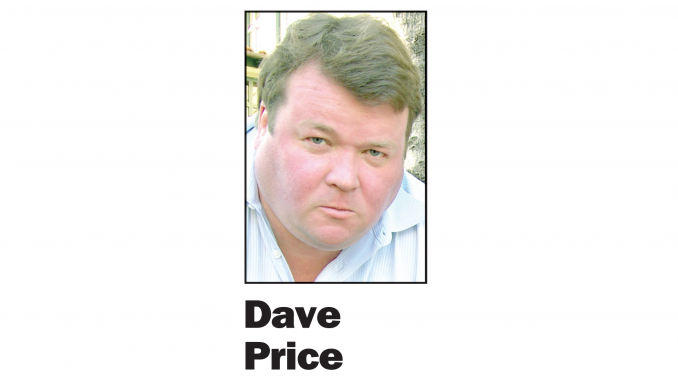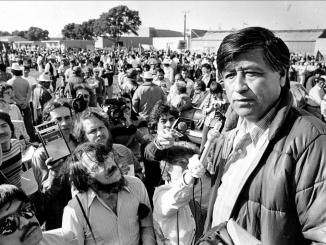
OPINION
BY DAVE PRICE
Daily Post Editor
I was surprised to learn that East Palo Alto banked an $18.8 million surplus in the budget year ending last June.
City officials haven’t publicized their good fortune, and we only found out about it when I asked a reporter how East Palo Alto was going to pay for the $5 million in water it was buying from Mountain View. We cracked open the city’s comprehensive annual financial report that was released in January and there it was.
EPA had revenues of $44 million and expenses of $25.2 million for a surplus of $18.8 million.
That means 42 cents out of every dollar the city received went into the bank. There aren’t many businesses with a 42% profit margin.
Why it’s a surprise
The windfall was astonishing considering the conventional wisdom that East Palo Alto is a struggling, hardscrabble city that seems to lack the money for basic services like street repairs, maintaining parks and police.
The surplus occurred because of two things: 1. The city’s payroll was essentially flat — it has had a hard time replacing employees who left, and many positions are vacant. 2. Revenues in all areas increased, including property and sales taxes, and fees paid by developers.
The size of the $18 million surplus may be something of an anomaly, however, due to a lot of one-time-only fees paid by developers. But during the previous five years, however, EPA had an average $5.5 million surplus.
The surpluses in those five years represented an average 20% of the city’s revenues in those years.
The hefty surplus should be sparking some conversations in East Palo Alto about how to use this money.
Where the money is needed
Here’s one idea: The city could help the struggling Ravenswood City School District, which suffers from a range of problems including an inability to compete with other districts when it comes to offering teachers good pay. Many students are homeless and the district provides breakfast and dinner to many of them besides the traditional school lunch.
This idea is not unprecedented.
In 1989, the Palo Alto Unified School District was having budget problems and was selling off unused school buildings to raise money. The city of Palo Alto — which was much better off financially — agreed to pay the district $1.8 million a year if the district promised not to sell any more of its real estate, especially the former Cubberley High School.
Times have changed and the Cubberley agreement was dropped three years ago, but it’s an example of how a city and a school district can work together on a financial issue.
Editor Dave Price’s column appears on Monday. His email address is price@padailypost.com.



